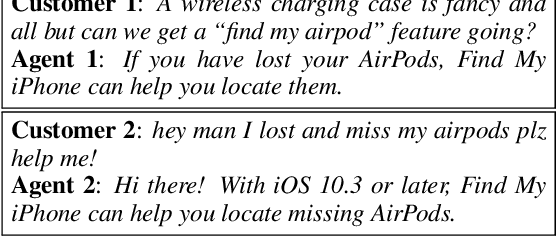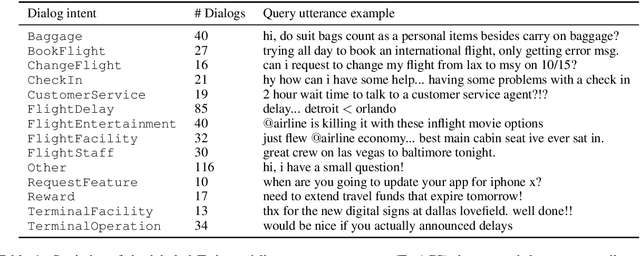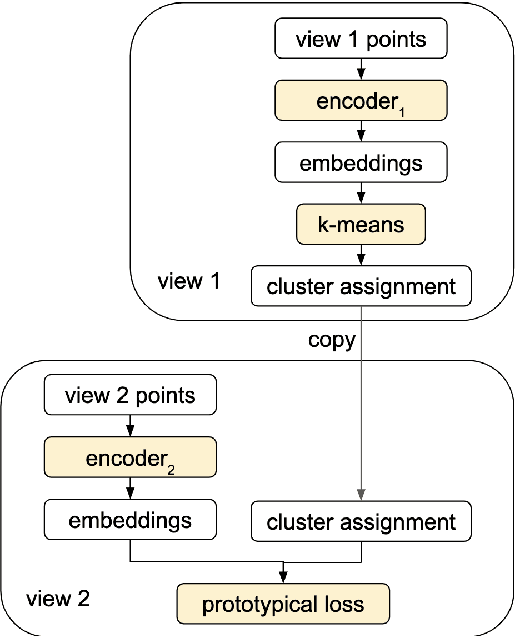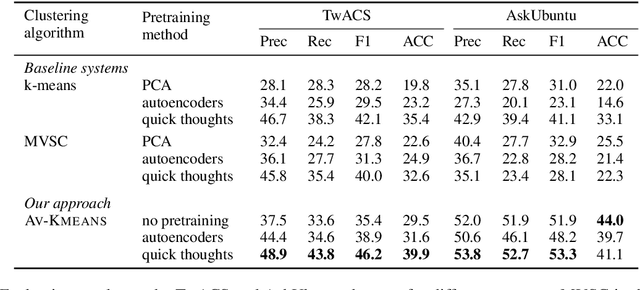Dialog Intent Induction with Deep Multi-View Clustering
Paper and Code
Aug 30, 2019



We introduce the dialog intent induction task and present a novel deep multi-view clustering approach to tackle the problem. Dialog intent induction aims at discovering user intents from user query utterances in human-human conversations such as dialogs between customer support agents and customers. Motivated by the intuition that a dialog intent is not only expressed in the user query utterance but also captured in the rest of the dialog, we split a conversation into two independent views and exploit multi-view clustering techniques for inducing the dialog intent. In particular, we propose alternating-view k-means (AV-KMEANS) for joint multi-view representation learning and clustering analysis. The key innovation is that the instance-view representations are updated iteratively by predicting the cluster assignment obtained from the alternative view, so that the multi-view representations of the instances lead to similar cluster assignments. Experiments on two public datasets show that AV-KMEANS can induce better dialog intent clusters than state-of-the-art unsupervised representation learning methods and standard multi-view clustering approaches.
 Add to Chrome
Add to Chrome Add to Firefox
Add to Firefox Add to Edge
Add to Edge